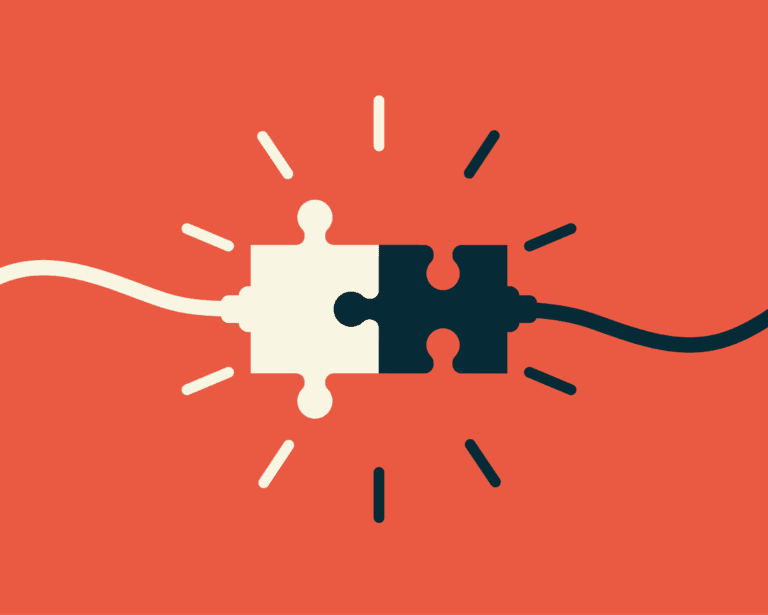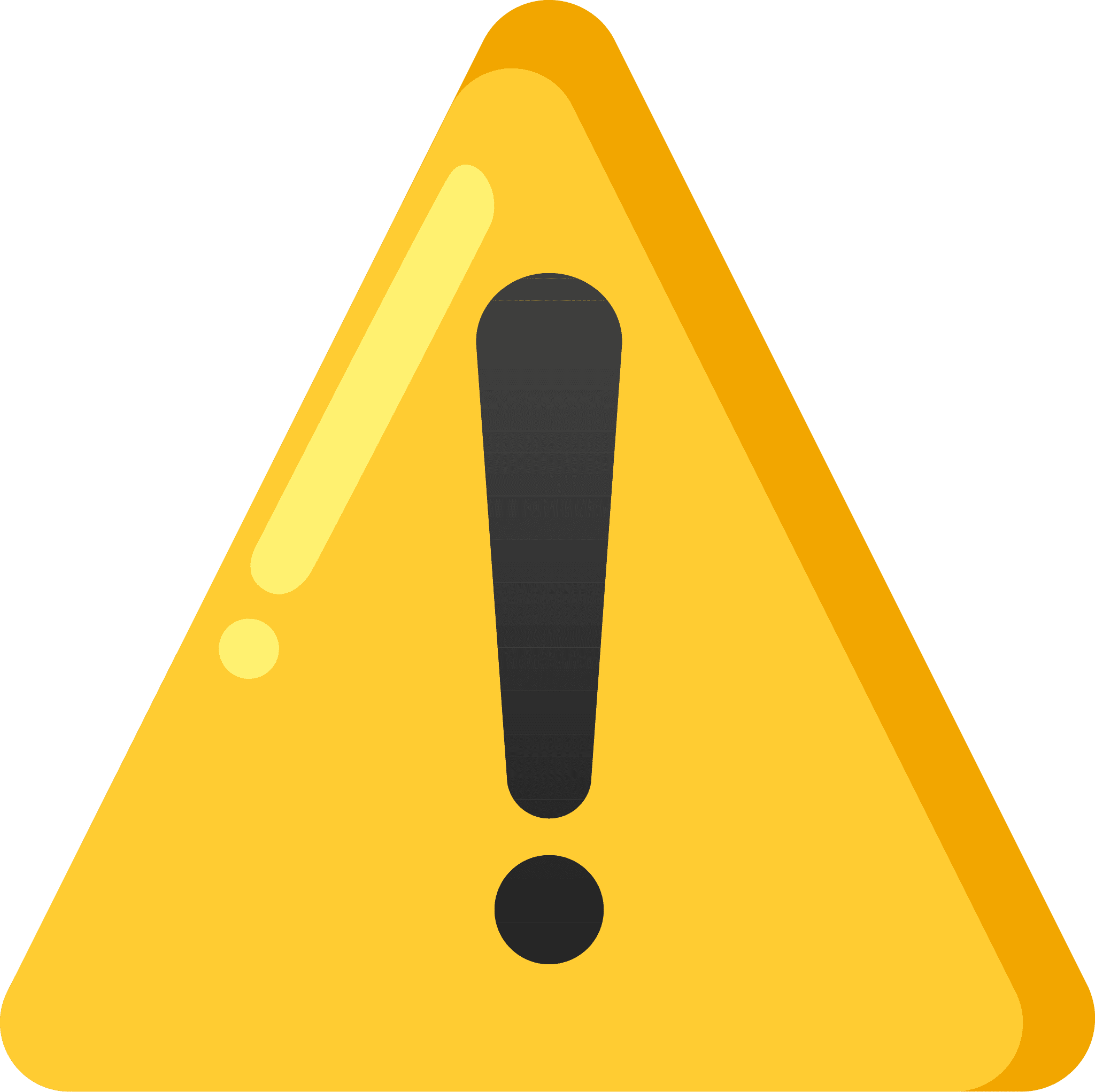
Do you think your product or service should sell itself? Think again. Many startups and medium-sized businesses focus solely on driving leads and conversions, skipping the vital step of building strong brand awareness. The truth? Without it, you’re leaving money—and customers—on the table.
Here’s the tough reality. Studies show that 95% of potential buyers are not in-market for your services right now (Marketing Week). But when their time of need arrives, will your brand be the first they think of? If not, you may already have lost the battle.
Building brand awareness takes time, effort, and (yes) a reasonable budget. But it could make all the difference when it comes to sustainable growth and long-term sales success. Here’s why—and how to do it right.

Source: Marketing Week
For startups and medium-sized businesses, the temptation to skip brand awareness is real. Leadership often focuses on immediate results—driving leads, conversions, and revenue. After all, it’s what keeps the lights on, right?
But here’s the problem with that approach:
Your pipeline depends on visibility. If people don’t know you exist, they won’t search for you, naturally curbing your ability to generate leads.
Not all customers need your solution right now. Industries like insurance, home improvement, and B2B SaaS often have unpredictable customer timelines. Without awareness strategies for those not-yet-in-market, you miss a big chunk of potential buyers.
Without brand awareness, you’re competing only on price, features, or advertising spend—none of which ensure long-term growth.

At its core, brand awareness is about ensuring that your audience knows who you are, what you stand for, and how you can solve their problems—even before they realize they have a problem. It’s the process of staying top-of-mind so that when they’re ready to buy, they already trust your name.
This goes beyond simple recognition. Effective brand awareness builds associations:
These associations form the foundation for lead generation and customer retention. Neglecting this step is like skipping the first few chapters of a book and wondering why you don’t understand the story.
Understanding and cultivating specific types of brand awareness can help you build a robust pipeline of opportunities over time. Here are three core types to focus on:
This is the “Oh, I think I’ve heard of them before” stage. Your brand starts to pop up in conversations but isn’t yet a household name. Tools such as Google Display Ads, podcast sponsorships, and targeted LinkedIn campaigns work well here.
Example: Grammarly, the AI writing assistant, began with heavy YouTube ads showcasing how they improve everyday communication. Over time, they transitioned from aided awareness to deeper recall.
When consumers can recall your brand without prompts, you’re in a strong position. This type of brand awareness is achieved through consistent content creation, partnerships, sponsorships, and community-building initiatives.
Example: Nike doesn’t need to explain who they are. A mere swoosh and you know it’s them—a result of decades of beautifully orchestrated campaigns in sports, pop culture, and beyond.
Being the first brand that springs to mind for a specific need is every marketer’s dream. This takes long-term investment in PR, customer success stories, and delivering outstanding value at every touchpoint.
Example: Think about online shopping. Odds are, Amazon was your first thought. Why? They’ve mastered the art of placing their brand front and center in every consumer interaction.
One reason brand awareness gets pushed aside is that its ROI isn’t immediately clear. CEOs want to see leads and sales—tangible metrics that directly impact the bottom line. But this short-term thinking overlooks the fact that customers today have more choices than ever. If they don’t know or trust your brand, they won’t even consider buying from you. It becomes even more challenging if there’s a long sales cycle involved.
What CEOs need to understand is that building brand awareness isn’t a quick fix. It’s an investment in creating long-term relationships with customers and establishing a strong foundation for sustainable growth. Just like Rome wasn’t built in a day, top-of-mind awareness takes time to develop but can yield significant results in the long run.
You can’t wait for potential customers to realize they need you before investing in brand awareness. In fact, by the time they know they have a problem or desire, there might already be dozens of other companies vying for their attention. By proactively building brand awareness and establishing yourself as an industry leader, you’ll have a better chance of reaching customers before they even know they need your product or service. This can give you a significant advantage over competitors and help position your brand as the go-to solution in the minds of potential customers.
A study by Nielsen revealed that 60% of buyers prefer to purchase from brands they recognize, even if it means paying more. Source. Competing on price alone—or relying solely on lead-generation ads—won’t get you far if another company has already won the awareness game.
Your SaaS product is powerful, innovative, and solves real problems—but so do dozens of others in your space. How do you make sure your brand is top of mind when your ideal customer starts looking for a solution?
The challenge is clear: without building consistent brand awareness, your product risks being overlooked in favor of competitors who’ve already established trust and recognition. If customers don’t know who you are, they won’t even consider you when it’s time to make a decision.
According to Forrester, 74% of B2B buyers conduct more than half of their research online before making a purchase. Establishing long-term visibility ensures you’re on their radar early in the process. By consistently building recognition, you create trust, so when decision time arrives, you’ve already paved the way for your leads.

We’re all distracted, so building brand awareness is no easy feat. But it is possible—and, more importantly, it’s essential.
Content creates opportunities for engagement. Think blogs, videos, white papers, and social media posts that educate, entertain, and solve problems for your audience. Done right, content makes your brand synonymous with expertise.
Paid campaigns are your fast track to visibility. Leverage platforms where your audience spends their time—whether that’s LinkedIn for B2B or Instagram for lifestyle startups.
Storytelling is essential. Share customer success stories, user testimonials, and powerful stats that prove your solution works. Eight out of 10 customers are persuaded by others’ experiences.
Staying visible is key. Whether it’s consistent email marketing or updating your SEO regularly, frequent touchpoints build familiarity—and trust.
Create spaces for your audience to interact with your brand— through events, webinars, or ambassador programs. People don’t just engage with products; they engage with brands.
If the effort and resources sound daunting, remember this definitive truth:
And we’re not just saying that for the sake of branding. Research confirms:
Companies with high brand awareness have 88% higher market penetration (source).
Organizations that invest in awareness get twice as many qualified leads compared to those that don’t (source).
By creating an ecosystem where your name becomes synonymous with your industry, you ensure long-tail growth and reduce dependency on constant outbound marketing pushes.
Are you ready to build lasting relationships with customers—even before they realize they need you?
It’s time to stop treating brand awareness as a nice-to-have and start looking at it as a business-critical foundation. Yes, it’ll require patience, persistence, and resources. But the brands that invest in awareness today will be the ones thriving tomorrow.
Need help getting started? Let’s talk.



"*" indicates required fields